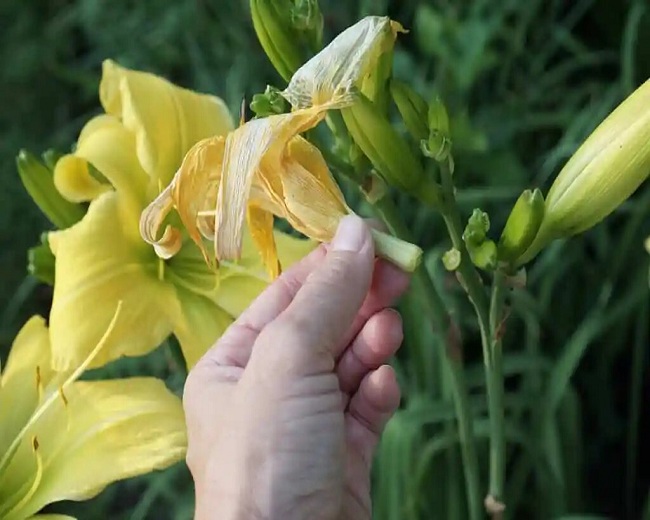What do you do with your daylilies once they bloom in the middle of summer? It’s one of the most often asked questions, and for good reason.
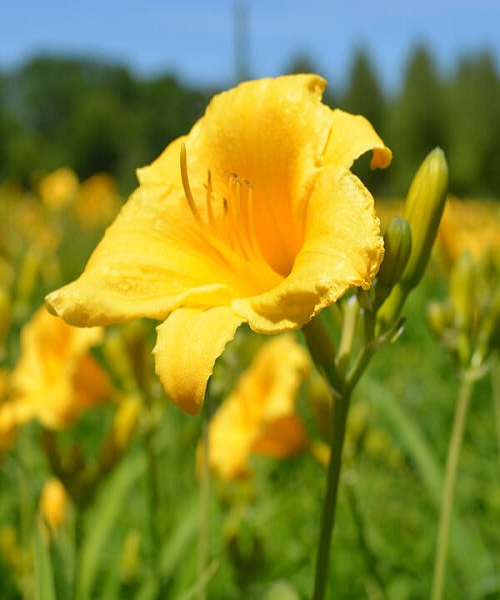
Daylilies are a wonderful addition to any garden. Their low maintenance, hardiness, and resistance to wildlife and drought make them an excellent landscaping choice. Even better, they may be easily divided into new plants by splitting and dividing.
But as these plants get close to the end of their big blooming period in early summer, many gardeners don’t know how to take care of them once the flowers start to die off.
Should I cut them? Is it necessary to fertilize? Can I extend their blooming? Can I divide them up if they get too big in the summer?
Think no more. Our how-to summer daylily care article is here to assist answer all of your questions and more.
Summer Daylily Care 101 – What to Do with Daylilies once they Bloom
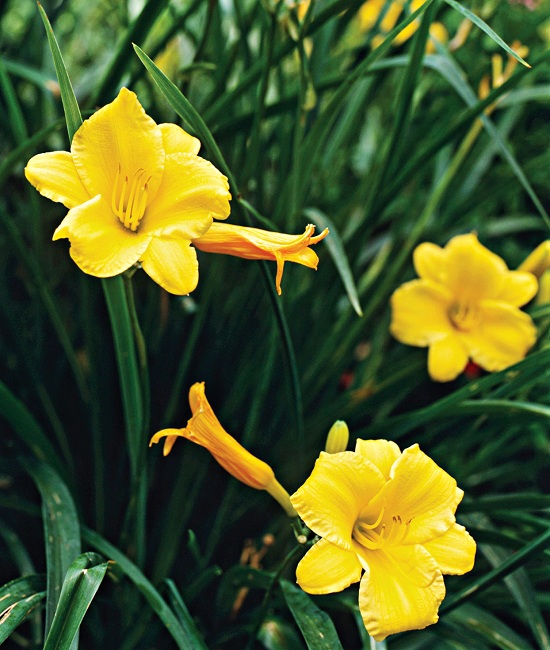
Daylilies come in a wide range of colors, shapes, and sizes, from the common Orange variety to the ever-popular Stella D’oro.
Only a single flush of blooms is possible with some cultivars. As for Stella, it’s capable of blooming multiple times throughout the summer. Especially if they are given some extra attention.
When it comes to summer care, it doesn’t matter what kind of plant you have. Even during the long summer months, it can help the plants grow stronger and more vigorously the following year, making them more attractive to bees.
Keep your daylilies blooming all summer long by following these tips and tricks.
Daylily Care 101 – Bloom Maintenance
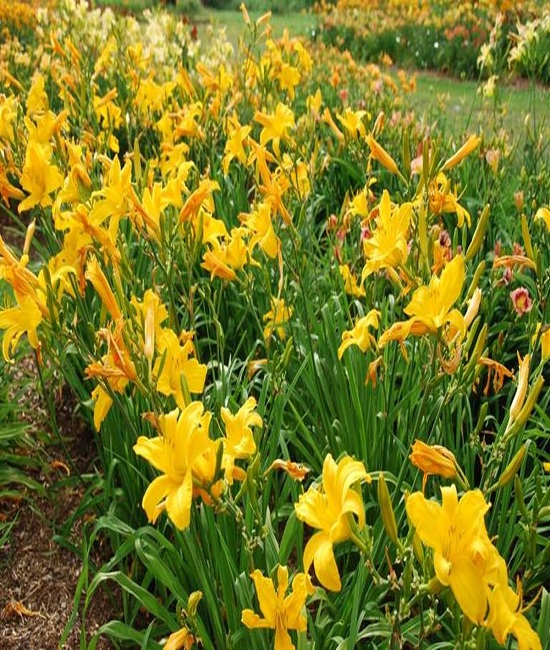
Remove any flowers that have faded past their peak after the initial commencement of blooms. Your plant’s energy will be directed solely toward developing new flowers if you do this.
All blooming periods can last anywhere from a few weeks up to 45 days, depending on the type of plant. The daylily variety makes all the difference. Remove old flowers to assist lengthen that period – regardless of the type of plant you’re cultivating.
Unfortunately, when old blooms remain on the plant, they continue to deplete the plant’s resources. There are things that should and could go toward making more flowers and brighter leaves.
A pair of scissors or a pair of pruners can be used to remove the stems of old blooms from the plant.
Bypass pruners make speedy work with little effort, and also work excellent for some of the woodier stems. One of the lovely things about daylilies is that their flowers tend to stay for lengthy durations. That means you can enjoy them for a long time before you have to take them off.
Removing Daylily Scapes & Seed Heads
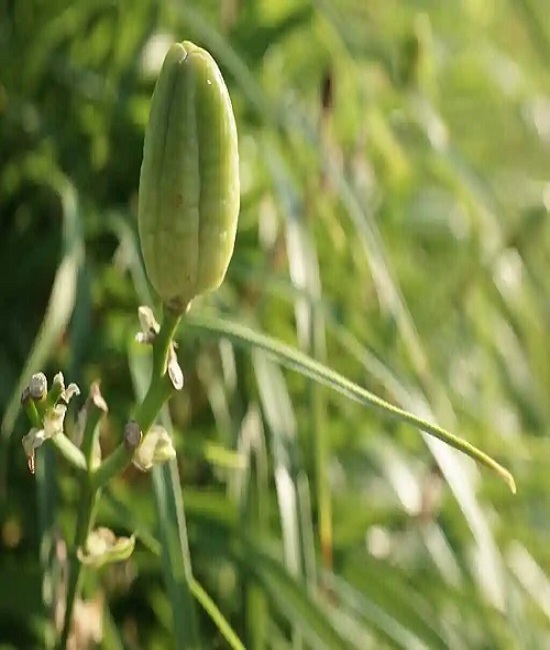
Let’s move on to seed heads and daylily scapes. This topic can be especially relevant for kinds of daylilies that are able to bloom again.
When daylilies reach the end of their bloom cycle, they begin to develop seed heads. Lily scapes (or seed heads) are not essential to the plant’s health or development. They do, however, need the plant’s nutrients to develop and expand.
Because of this, they should be clipped back to the base of the plant when they appear. This, like removing spent blossoms, causes the plant to expend its energy on new blooms and plant growth.
A second bloom cycle can be produced considerably more quickly if you choose re-blooming varieties like the Stella D’oro.
Daylilies of any variety can benefit from a dose of all-purpose plant fertilizer at this time. This enables them to build up strong roots and vitality for the next blooming cycle, allowing them to thrive.
Mid-Summer Plant Maintenance
Is the size of your daylilies getting out of control? Even in the middle of the summer, you can easily split and divide these plants!
It’s a terrific method to keep plants in shape and start a few new ones if they’ve grown too big. Overcrowding daylilies can lead to a decline in blooming. Splitting and dividing, on the other hand, create a ton of fresh space for new plants.
Dividing Daylilies In Mid-Summer
Daylilies are really simple to divide. Using a sharp spade, just remove the plant from the ground and divide it in half at the base.
It is best to divide in the spring and fall when the foliage is at its most vibrant.
There are a few things to keep in mind when transplanting these plants. In order to keep your transplants from looking unhappy in your beds, it is best to chop them off as soon as you remove them from the ground.
More importantly, reducing that growth enables the new transplant to develop at a faster rate and to re-leaf much more quickly than otherwise.
It is possible to divide at any time, but generally, it’s recommended to wait until the lilies have finished their first full bloom before digging them up. After the plants have been replanted, it will take between three and five weeks for the crowns to begin to sprout new leaves.
In addition to keeping your plants in check, it’s an excellent way to get new plants into your environment for free.
You may enjoy your daylilies all season long if you take good care of them once they’ve bloomed. Gardening is a wonderful way to spend time with family and friends, so enjoy it to the fullest!

